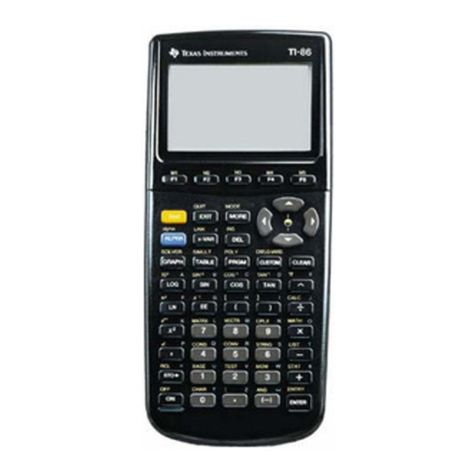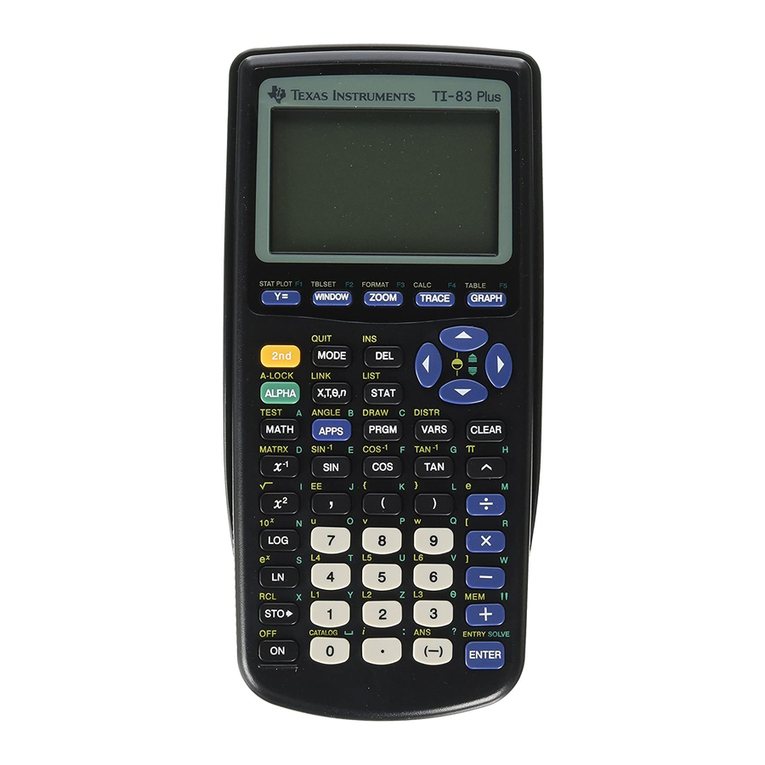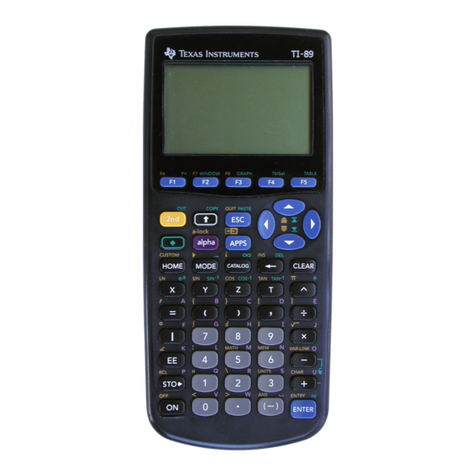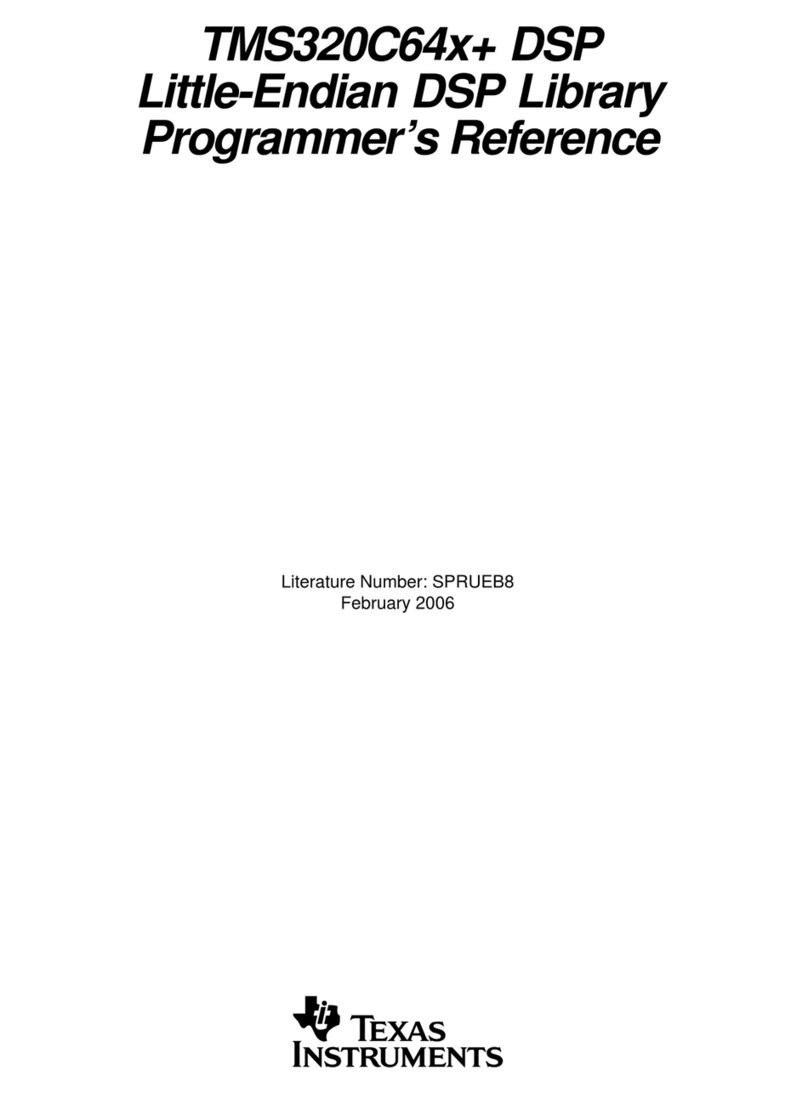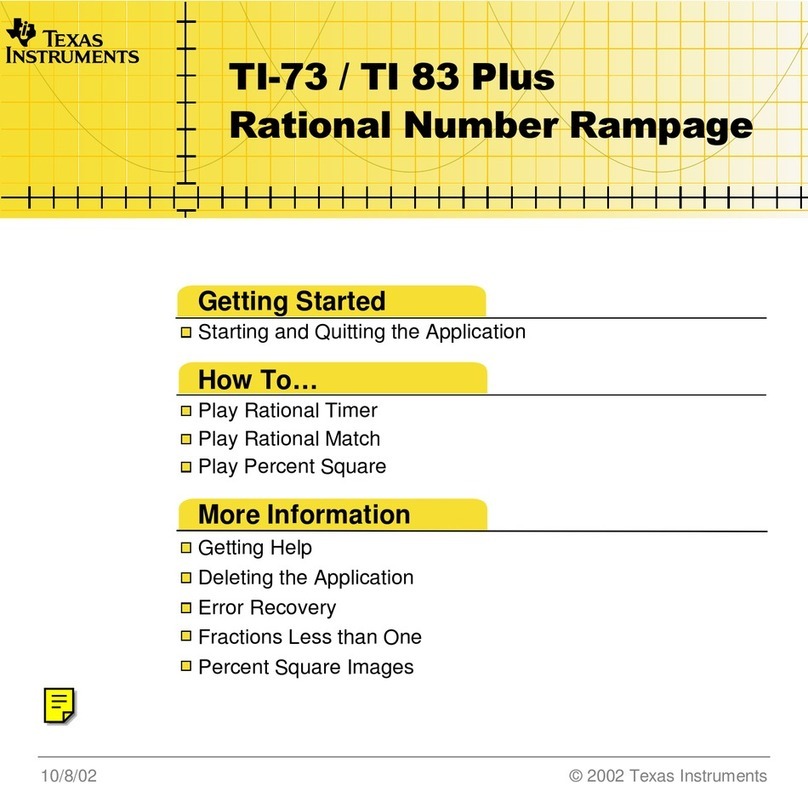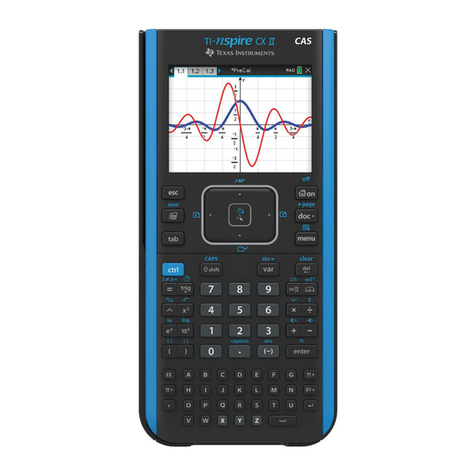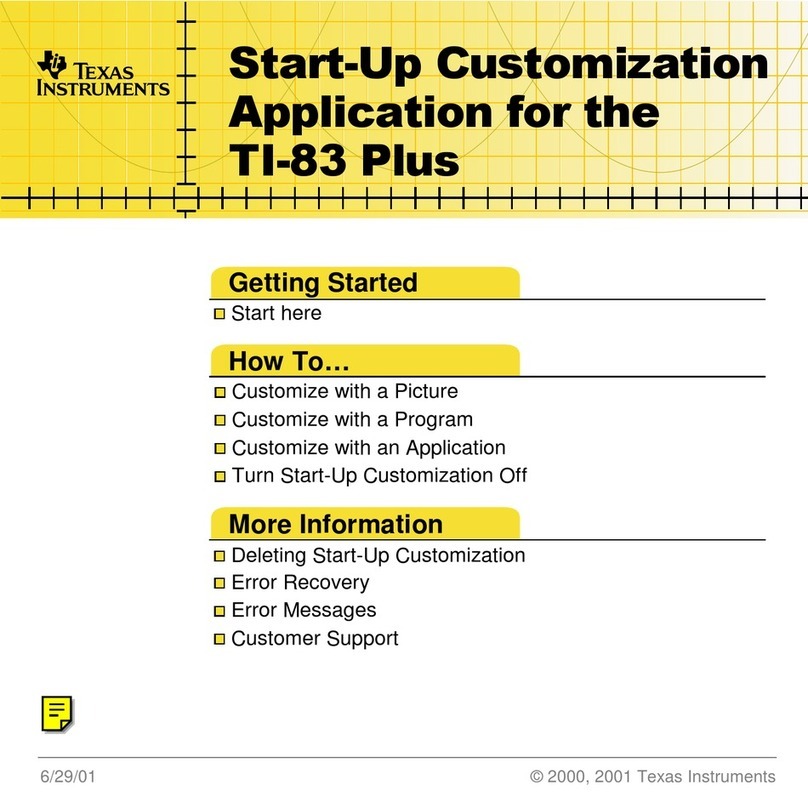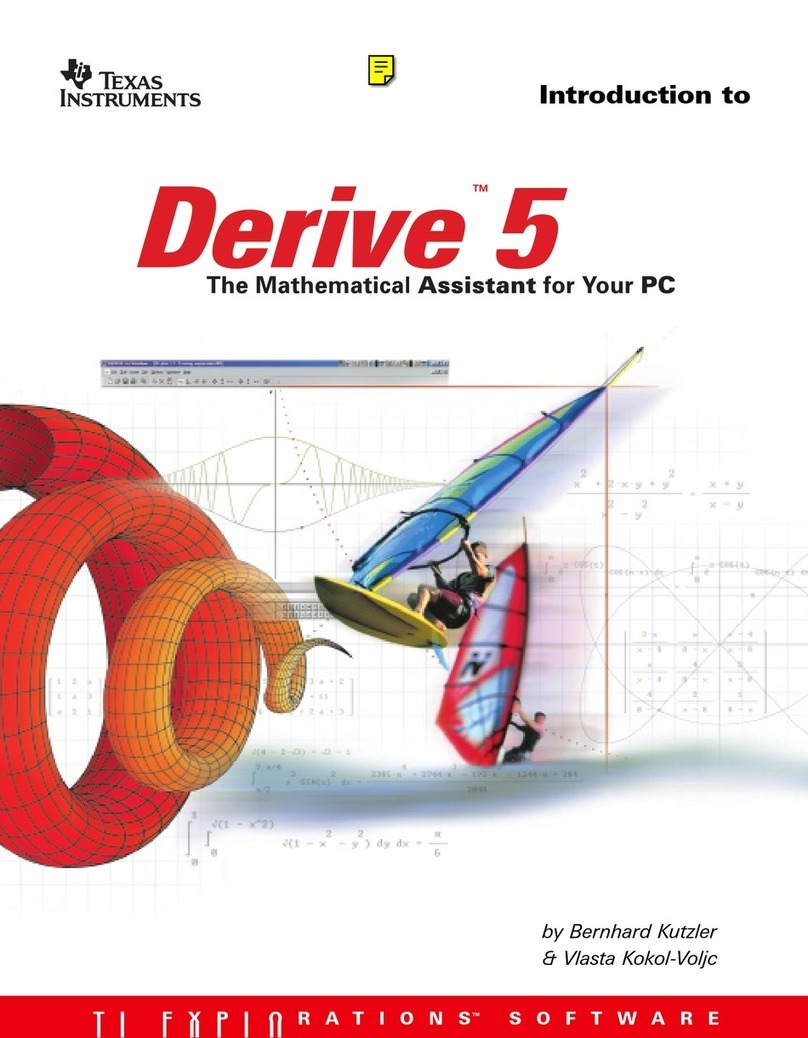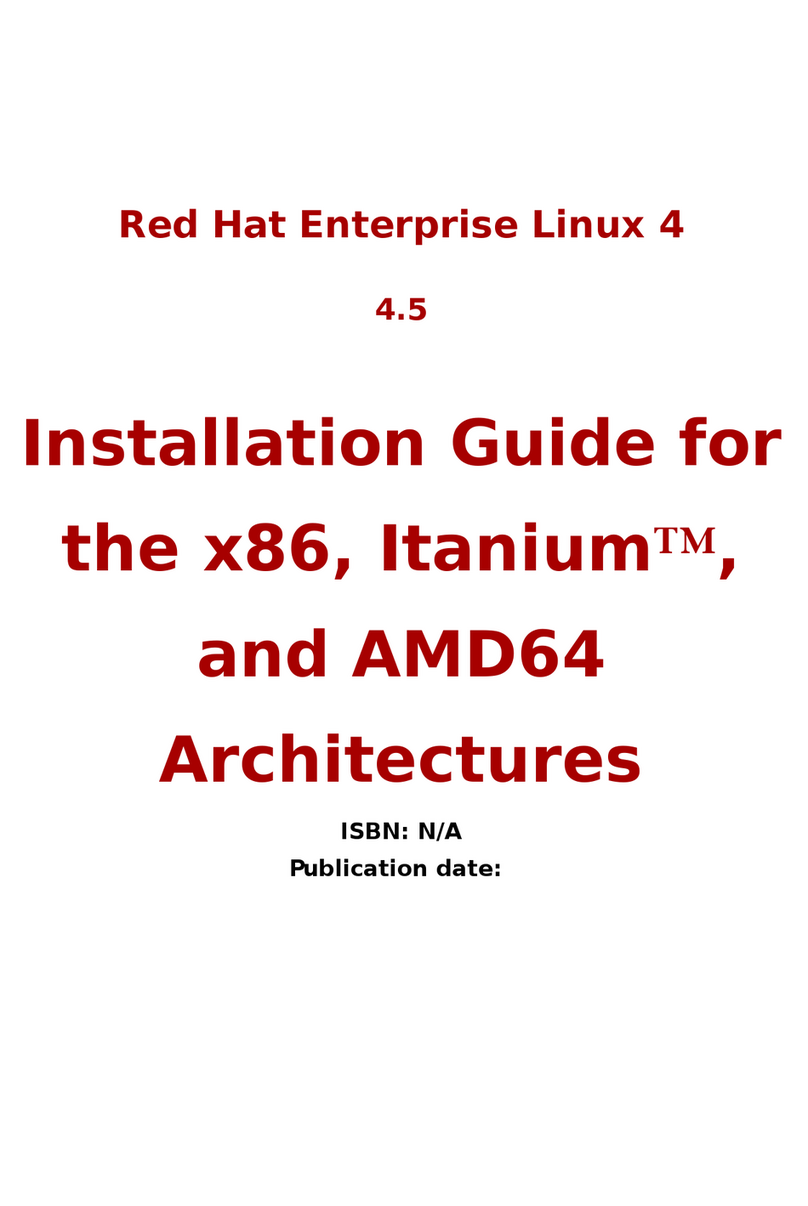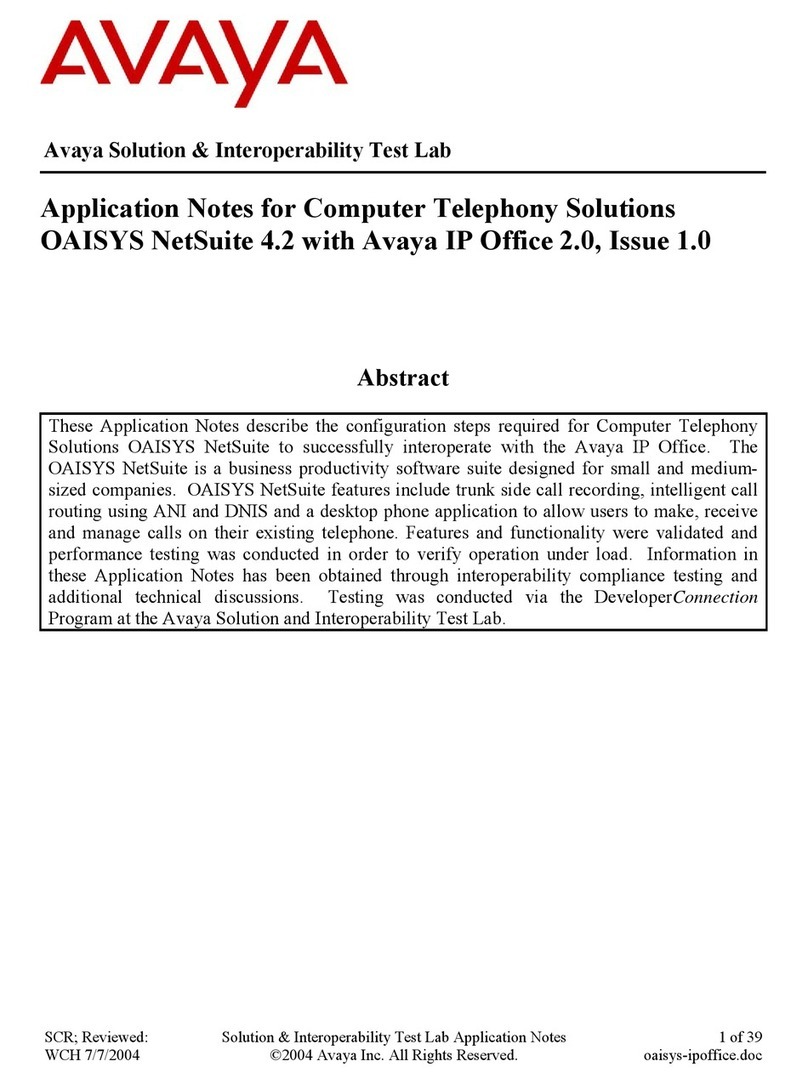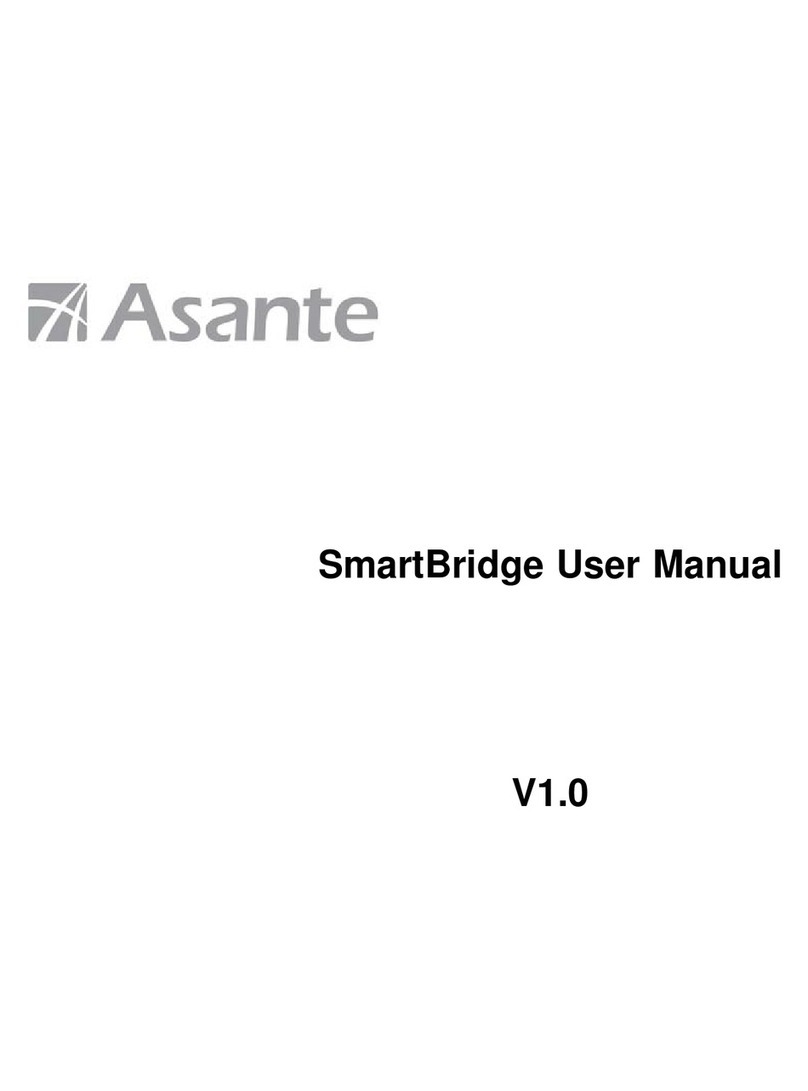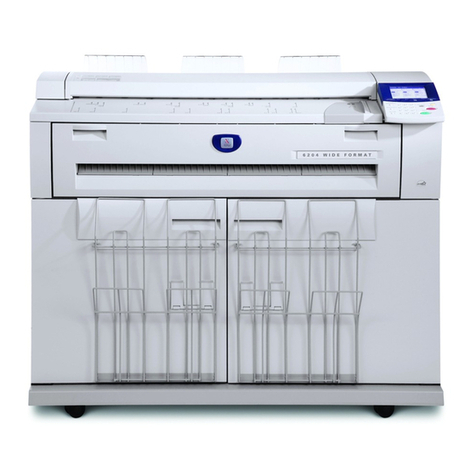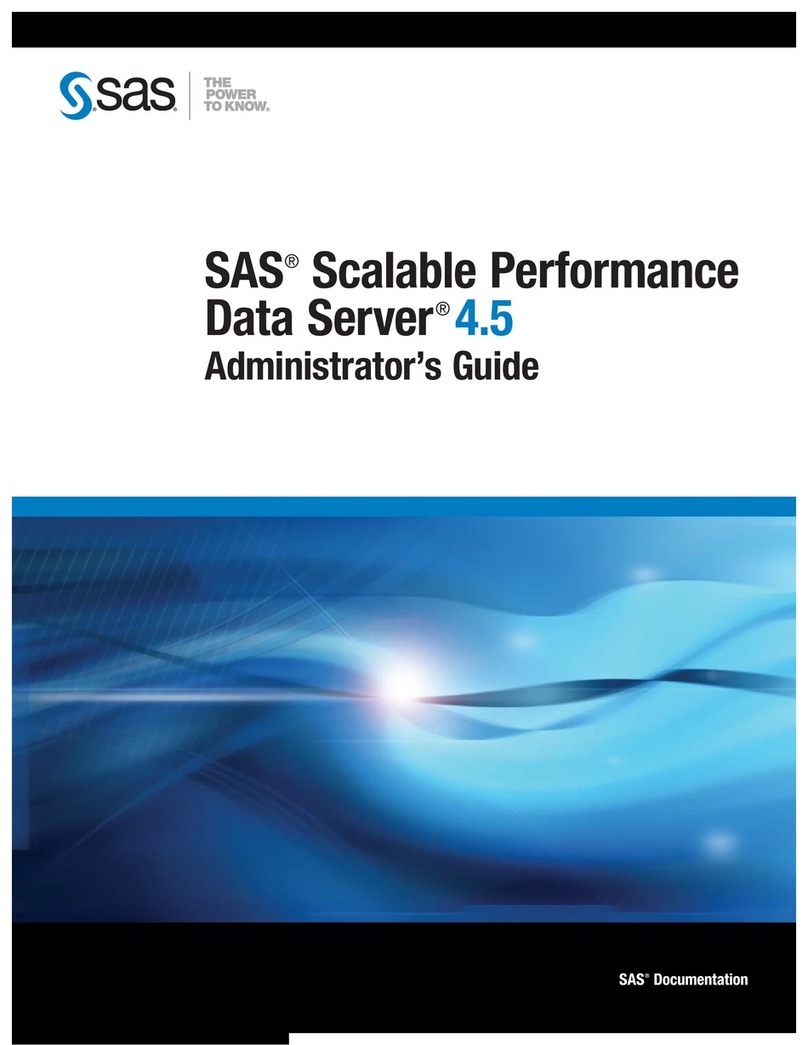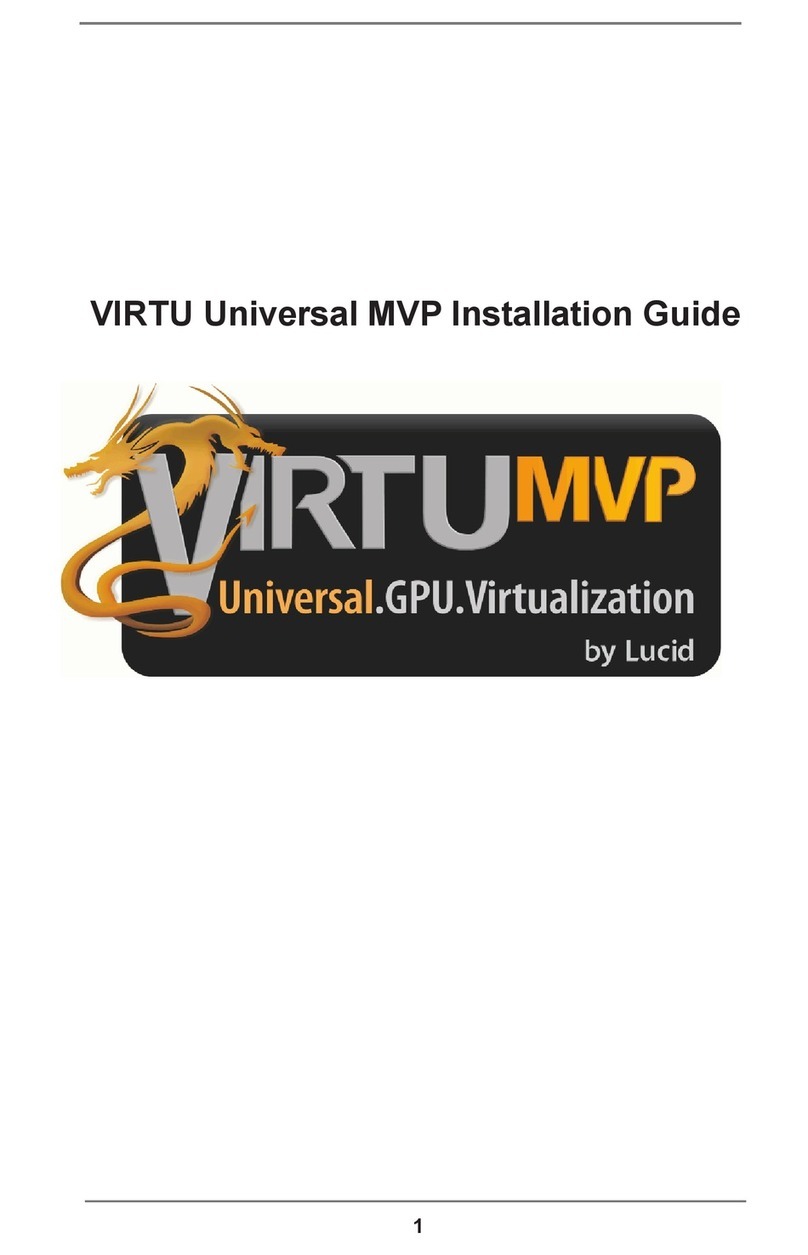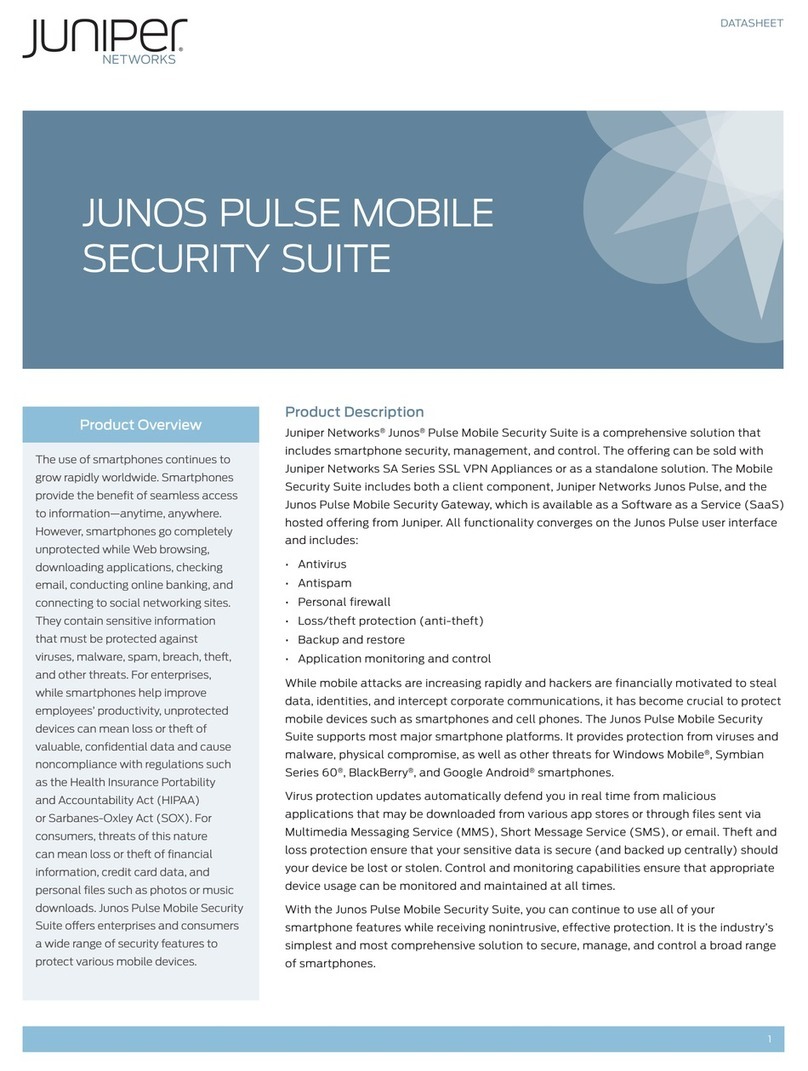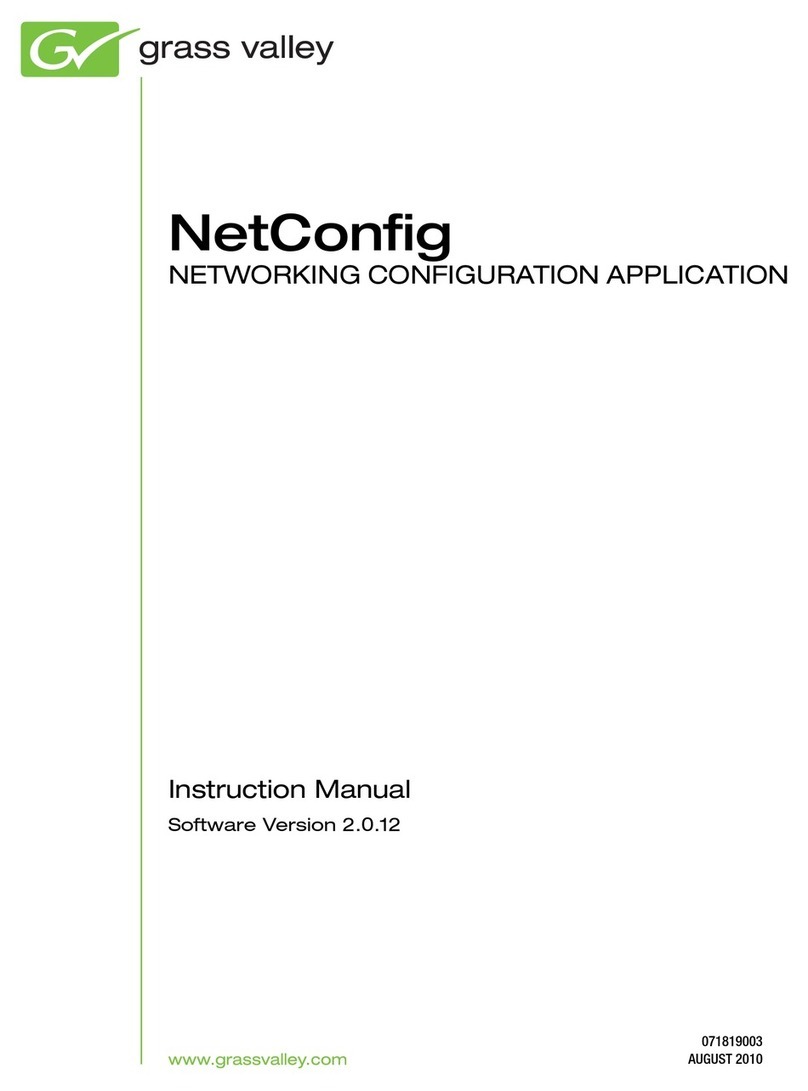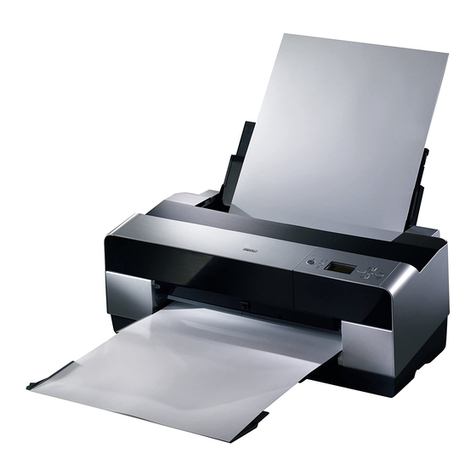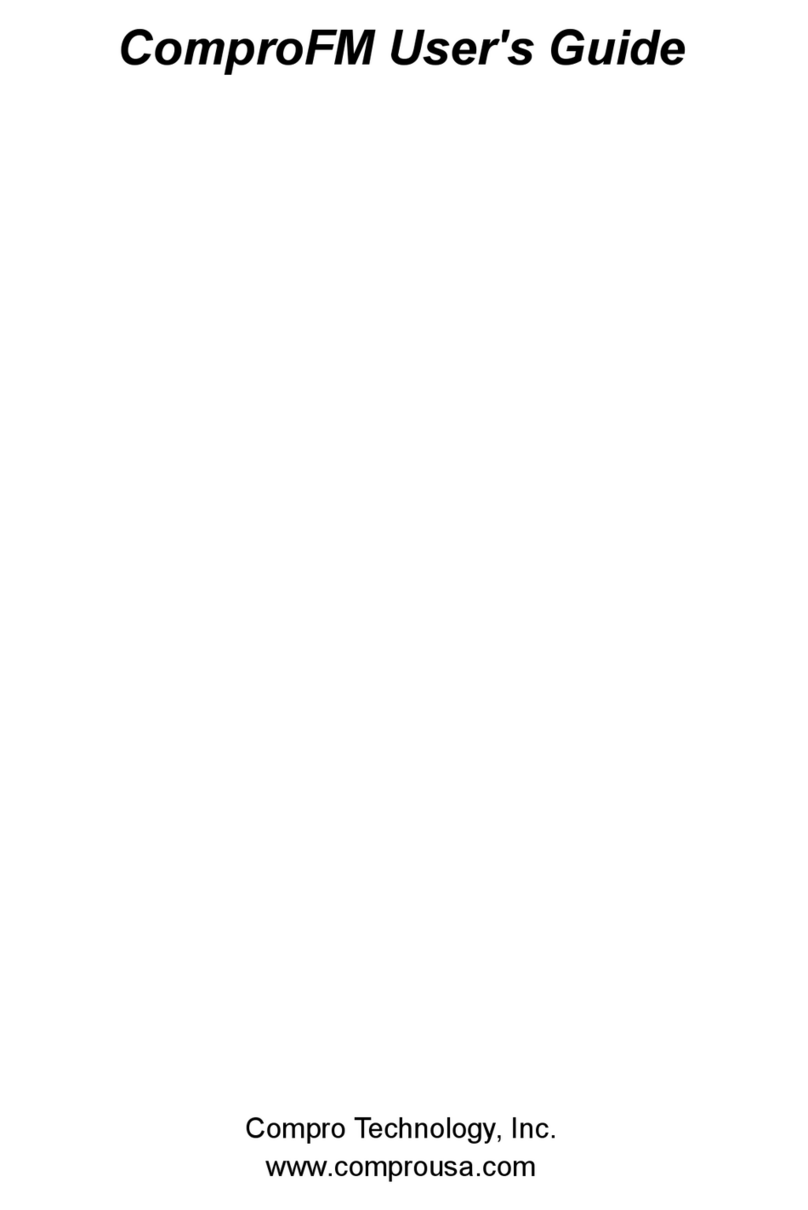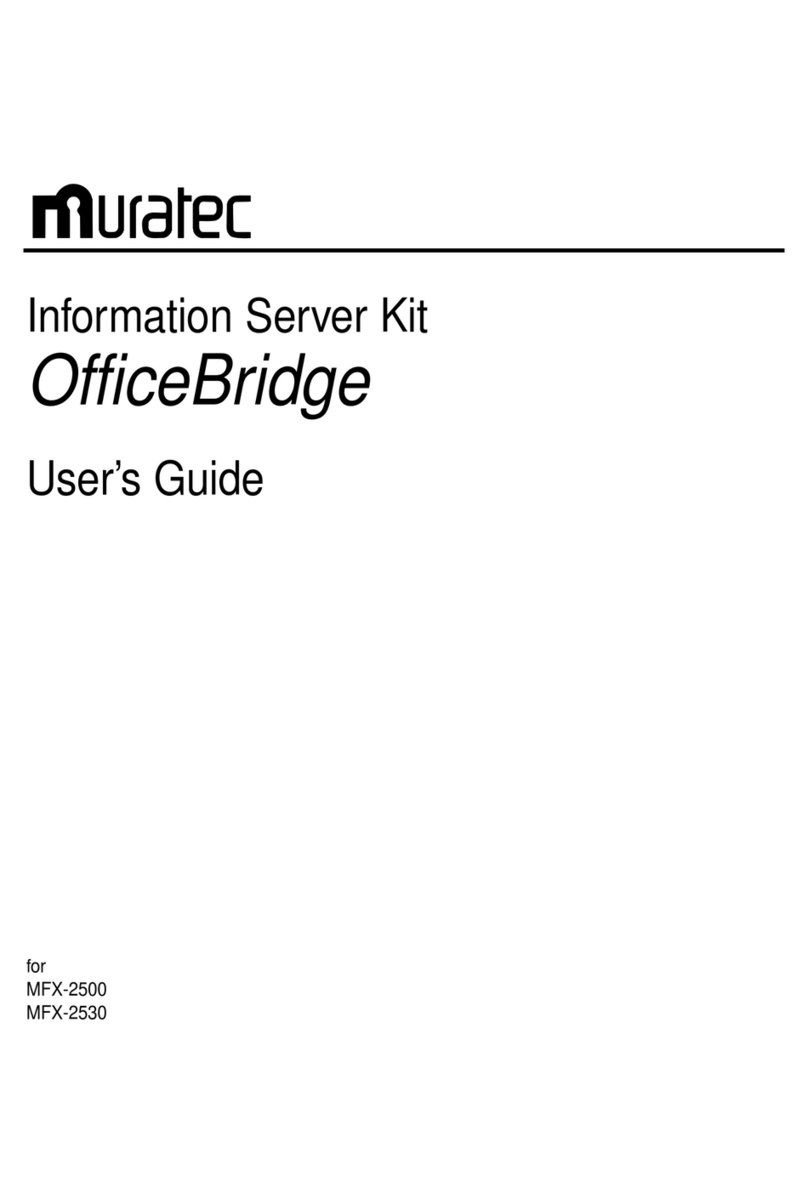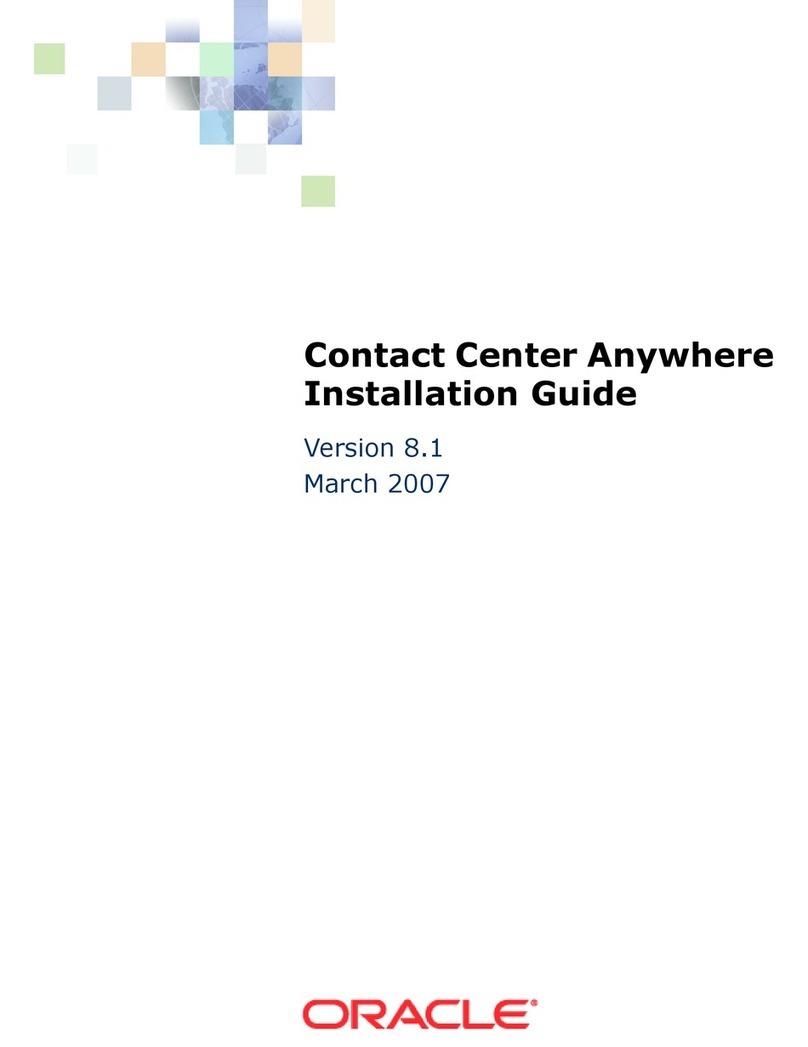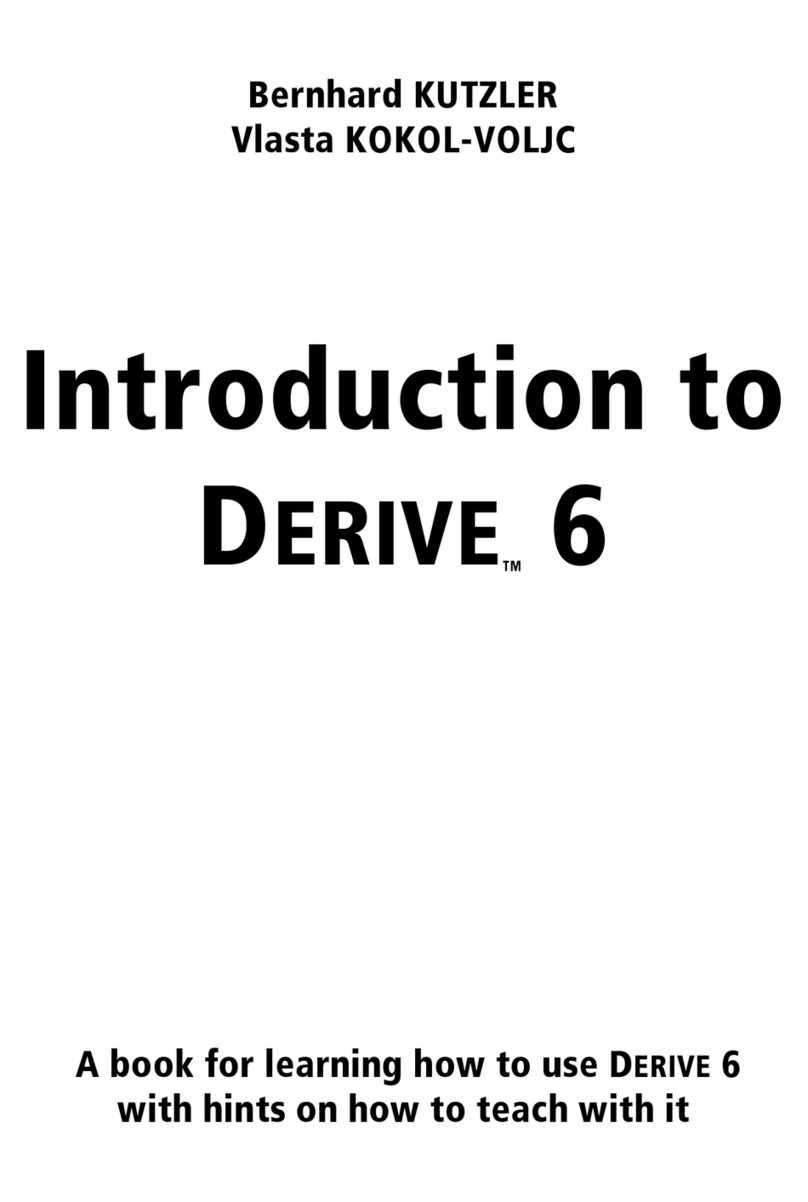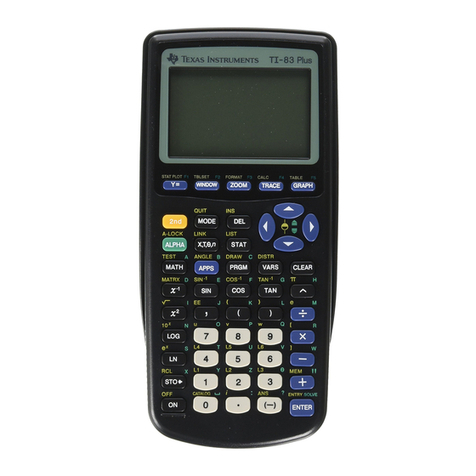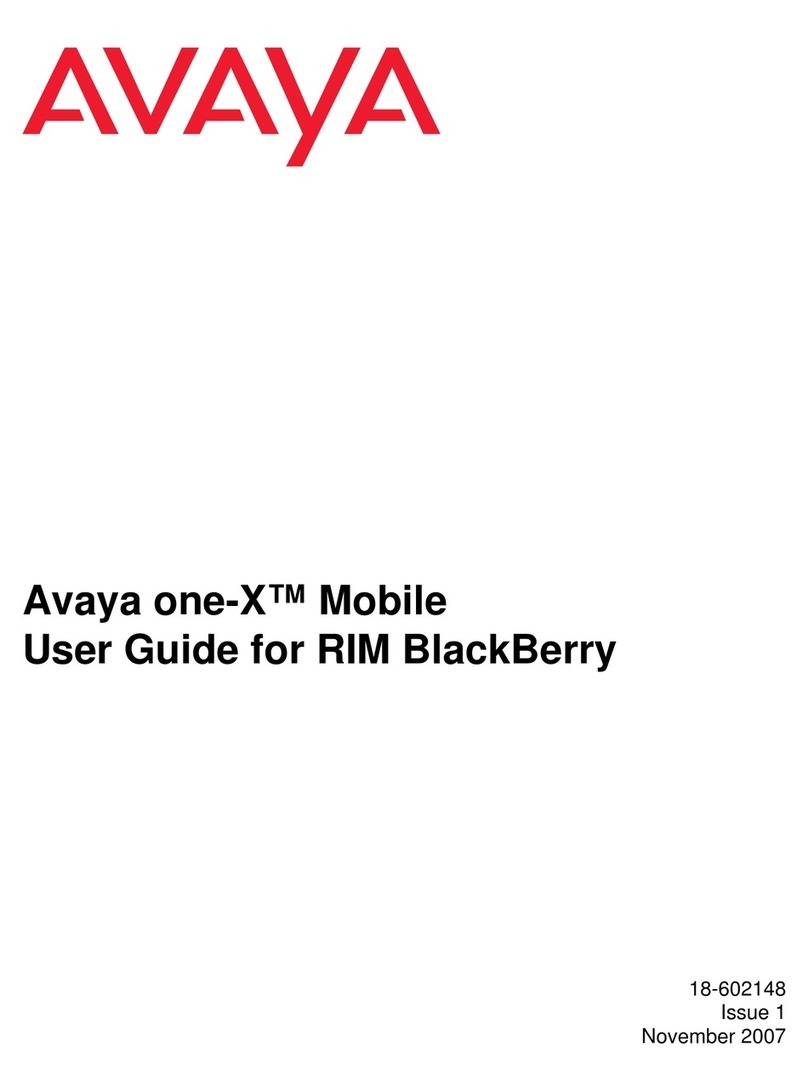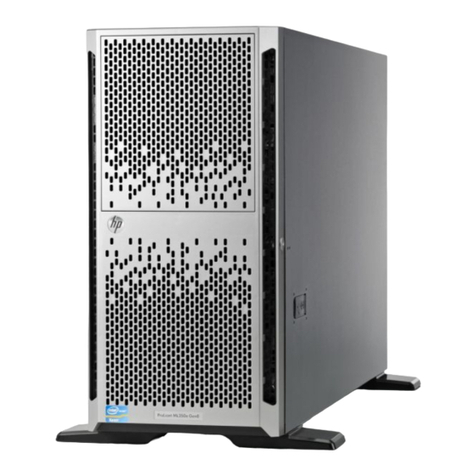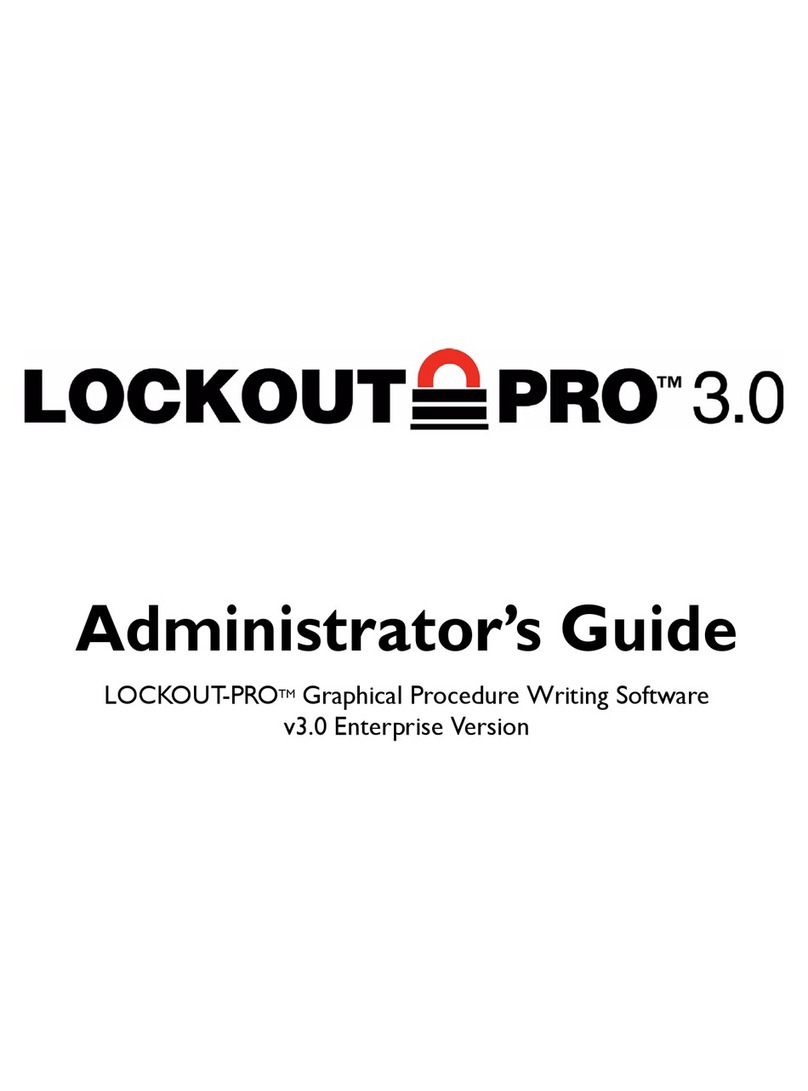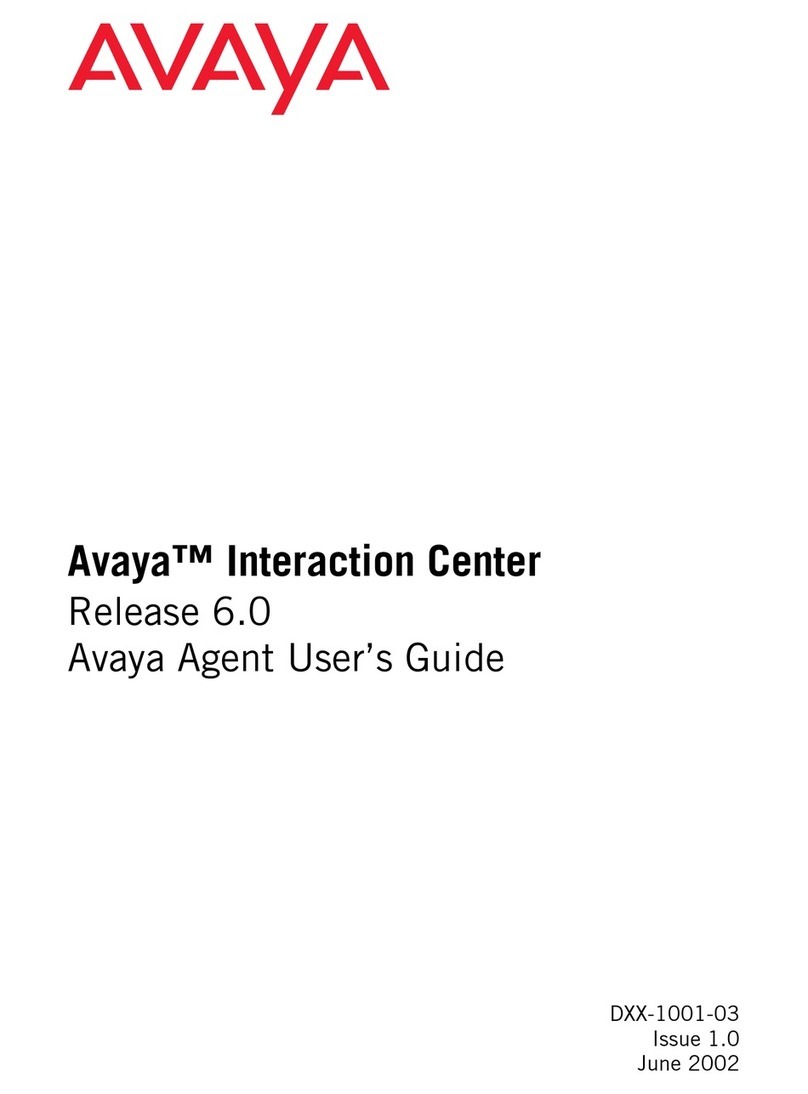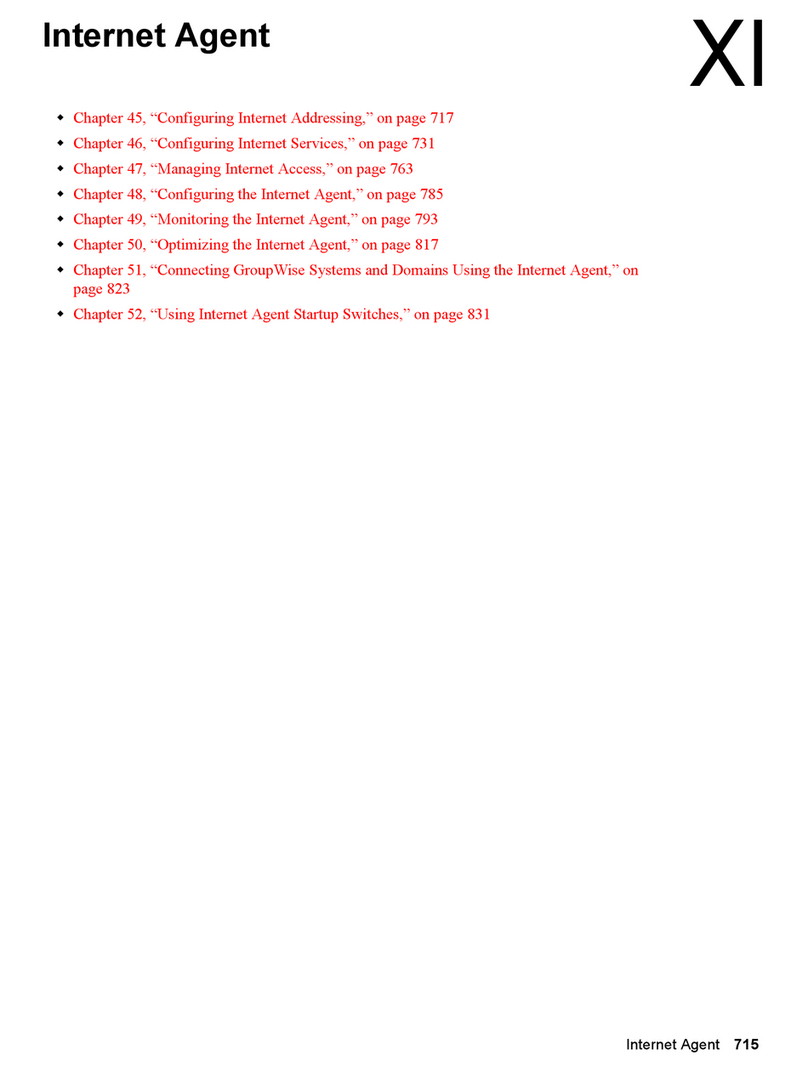
Application Report
SPRAA56 – September 2004
1
DSP/BIOS Real-Time Analysis (RTA) and Debugging
Applied to a Video Application
Brian Jeff DSP Field Software Applications
Arnie Reynoso Software Development Systems
ABSTRACT
DSP/BIOS and the Reference Frameworks allow developers to non-intrusively instrument
real-time applications. The software provided with this application note applies real-time
analysis (RTA) services to a working application—a H.263 encode/decode loopback
example for the TMS320DM642 evaluation module. The software demonstrates
techniques for benchmarking and controlling video software. It also introduces a service to
programmatically measure CPU and TSK loading. Debugging and troubleshooting
techniques for real-time applications, using Code Composer Studio, is also discussed.
Contents
1Important Benchmarks for Video Applications.......................................................................... 2
2Base Application Overview ......................................................................................................... 3
2.1 DSP/BIOS and RF5 Components Used.................................................................................. 5
2.2 Requirements for Viewing RTA Benchmarks .......................................................................... 7
3Modifications to the Base Example............................................................................................. 7
3.1 Splitting the Encode and Decode CELLs ................................................................................ 8
3.2 Adding the Control TSK and MBX Communication ................................................................. 8
3.3 Querying the H.263 Encoder for Status .................................................................................. 9
3.4 Controlling the Frame Rate................................................................................................... 10
4RTA Techniques for Performance Measurement ..................................................................... 11
4.1 Measuring Function Execution Time with the UTL Module ................................................... 11
4.2 Measuring Task Scheduling Latencies ................................................................................. 12
4.3 Measuring End-to-End Latencies.......................................................................................... 12
4.4 Measuring the Frame Rate ................................................................................................... 13
4.5 Simulating High CPU Load Stress Conditions with Dummy NOP Loads............................... 14
4.6 Programmatic Measurement of Total CPU Load................................................................... 14
4.7 Memory Bus Utilization ......................................................................................................... 15
4.8 Bitrate and Frame Type ........................................................................................................ 17
4.9 Methods for Transmitting Measured Performance Data........................................................ 18
4.10 Application-Specific Control via GEL Scripts in CCStudio..................................................... 19
5Viewing Benchmarks in the Instrumented Application ........................................................... 19
5.1 Requirements ....................................................................................................................... 19
5.2 Running the Application........................................................................................................ 20
5.3 Interpreting the Benchmarks................................................................................................. 22
5.4 Controlling the Run-Time Parameters Dynamically............................................................... 25
6References.................................................................................................................................. 26
Appendix A. Performance Impact ..................................................................................................... 27
A.1 Overhead of Performance Measurement Techniques........................................................... 27
A.2 RTA Effects on CPU Load .................................................................................................... 27
A.3 Memory Footprint ................................................................................................................. 28
